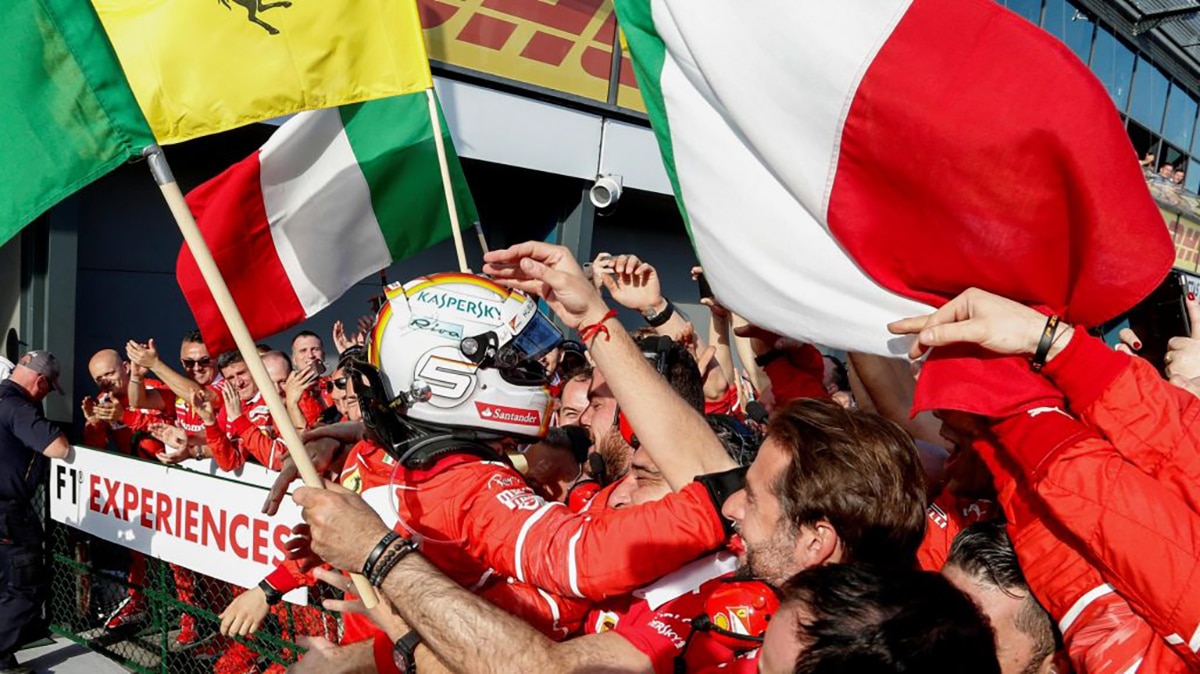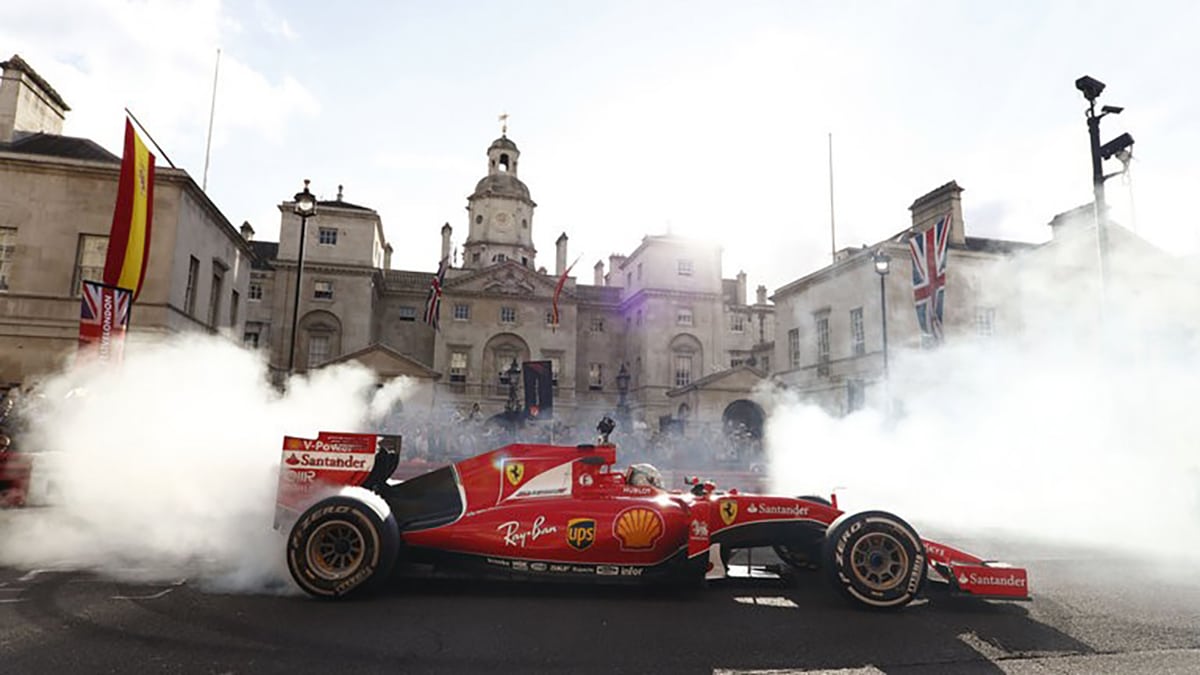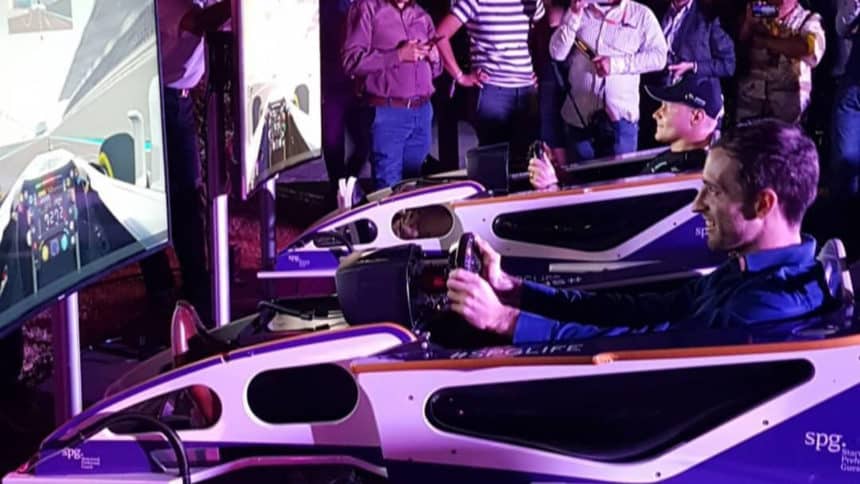Formula 1 – what’s the experience for brands & fans?
November 2017

November 2017

Formula 1 is undoubtedly big business, capturing a global audience that, on occasions, can be fanatical and obsessive about the sport they follow. However, as with so many markets, F1 does not stand alone in facing a challenge in attracting and retaining new fans. Global viewing figures in 2016 dropped to 390 million, the sixth consecutive year that figures have declined. The Abu Dhabi Grand Prix signalled the end of the Formula 1 season, the first since the acquisition of the F1 business by US media conglomerate Liberty Media. The change in ownership marked a new chapter for the sport with ambitious plans to create the greatest racing spectacle on the planet. Chase Carey, the Chief Executive of Liberty, announced his strategy to draw in a much larger audience through creating a series of Super Bowl-like week-long events in the run up to the race. Can Liberty change perceptions and work with brands to create a broader appeal and make F1 more engaging and accessible for consumers across the world?
Melissa Hannan from Purity was over in Abu Dhabi and took the opportunity to explore how F1 and brands can work cohesively to bring in a wider audience.

To so many, the Formula 1 arena is considered a pastime for an often elite and wealthy audience, although the sport will always remain synonymous with luxury, the ‘new’ F1 needs to become more accessible to those outside those demographics if it wishes to reach a new audience. This can be achieved through staging events outside of the arena. This season, in the run up to the British Grand Prix London hosted Formula One Live, an F1 spectacle. The event was a one-day event for fans to experience F1 superstars, fast cars and live music. It was the first of its kind and a showcase event to celebrate the new F1 era and to bring fans and spectators closer to the sport. An audience of over 100,000 people flocked to Trafalgar Square to catch a glimpse of the action which was broadcast globally on over 30 channels and streamed live on social media. The event was a great success, it added a new and exciting dimension to the sport for fans and presented an opportunity to reach new spectators who may not be able to attend the races.
The F1 famously puts on after race concerts with big names headlining the show, this year saw the likes of Calvin Harris and Mumford and Sons take to the Abu Dhabi stage. Concerts are great for gaining media coverage of the sport, remember Beyonce’s half time performance at the 2016 Superbowl which broke the internet? These events tap into an audience who may primarily attend the event or tune in to see their favourite artist perform. Once you have the captive audience its time for the excitement of the race or game to convert spectators into true fans.
Memorable brand experiences have the power to spark conversations between brands and consumers/fans which aids in driving support and ultimately achieving brand devotion. Those brands leveraging the Formula 1 for their own commercial goals can not only reach a wider audience but in turn cement the relationship between the F1 and its fans through the meaningful experiences they create.

An example of this type of mutual relationship would be Starwood hotels and the F1. Starwood hotels provide one-off VIP experiences for their customers through their SPG (Starwood Preferred Guests) moments programme. Customers collect ‘Starpoints’ by booking eligible hotels, resorts and flights, these in turn can be redeemed for room upgrades, free flights and once in a lifetime SPG moments such as invitations to exclusive events. In the run up to the Abu Dhabi Grand Prix Le Meridien Hotel hosted an SPG simulator challenge giving SPG members the chance to race around the virtual YAS Marina track in an attempt to get the fastest lap. The top prize comprised of a two night stay at the Starwood Aloft Hotel, grandstand tickets to the Grand Prix and an invitations to a VIP event with the opportunity to race Valtteri Bottas on the simulator. SPG moments aids in increasing the fan’s brand affinity with both the F1 and the Starwood Hotels. For Starwood hotels the F1 created a fantastic opportunity to reward their loyal customers as well as a chance to acquire new members onto the SPG programme.
Rewind to the 2015 Formula 1 season and accommodation rental site AirBnb turned one of the Malaysian grandstand corporate suites into a unique viewing experience. The suite was decked out like a stylish apartment with the cosy living room overlooking the Sepang International Circuit. The event, named “a night at the world’s hottest race’ was of course listed on the Airbnb website giving someone a chance to literally live life in the fast lane. This was a great example of a brand creating value in their experiences by offering something extraordinary which brings fans closer to the F1 sport than ever before.

With the change in F1 management comes a refreshed perspective and a new way of looking to market the sporting event to its fans. To attract a wider audience the F1 and its partner brands need to continue to work together with a common goal of producing extraordinary experiences for their fans and consumers. There’s an apparent need to create more opportunities for people to interact with the F1 before the race weekend; the Formula One Live event in London was a good example and helped to make the sport more accessible to fans and spectators. If this can be replicated globally across various host cities then there is potential for the F1 to grow and become comparable to the Super Bowl week. There’s still a way to go, however the prospect of this is an exciting one for fans and we’re looking forward to seeing how next season evolves.